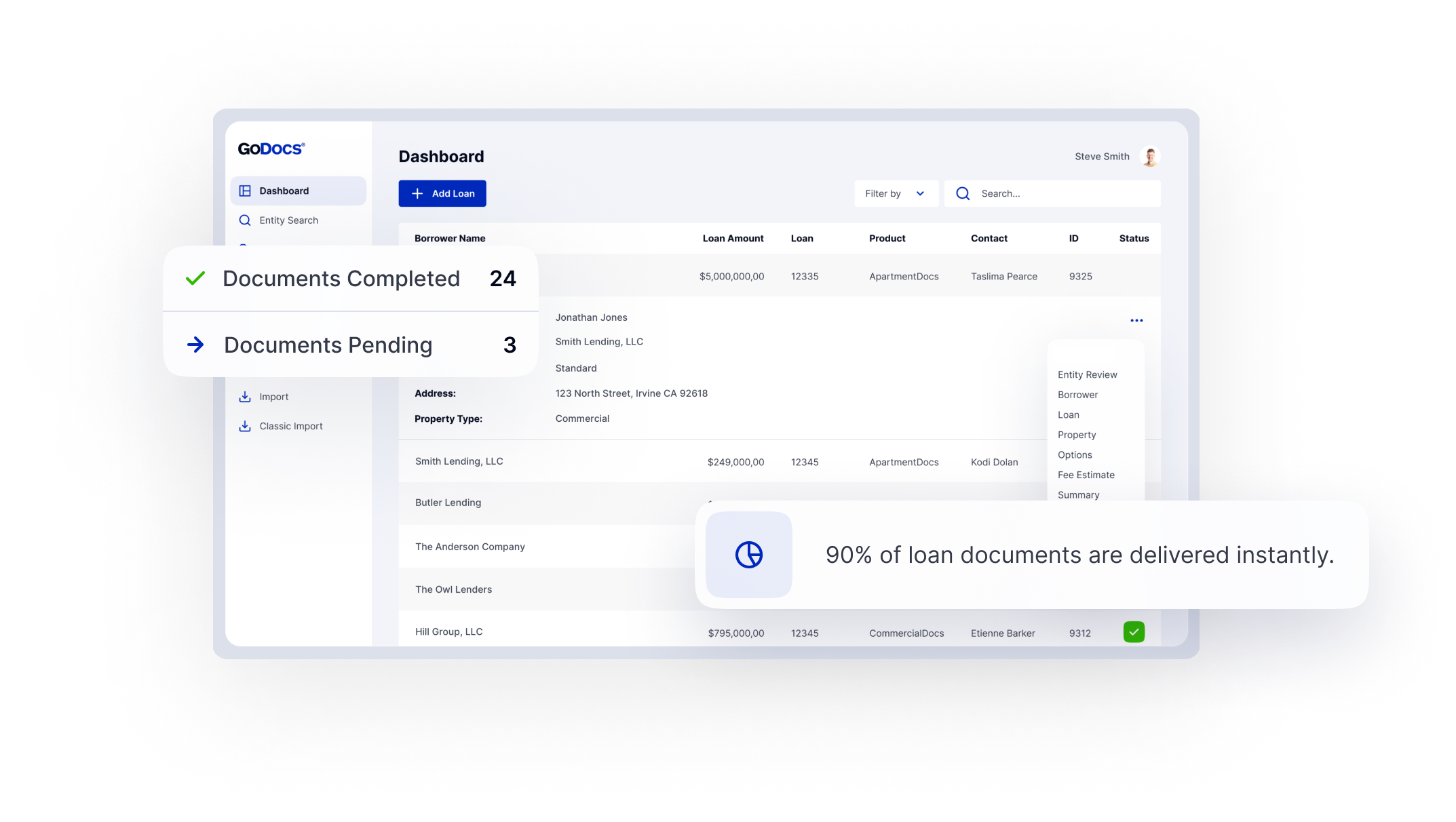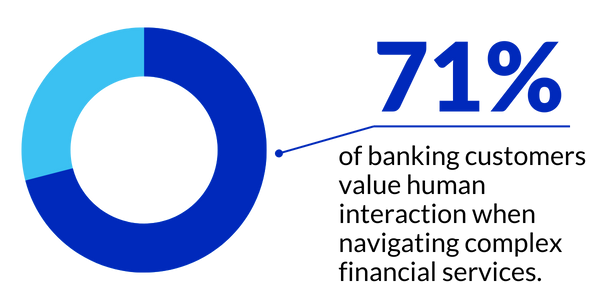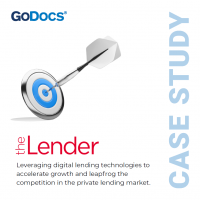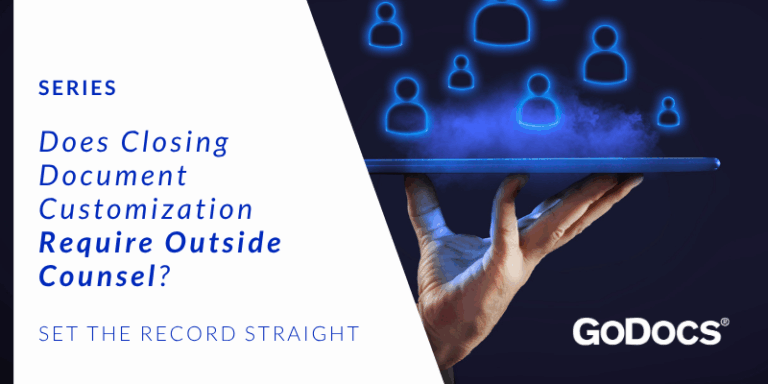Why More Lenders are Turning to Non-QM Loans
As the recovery from the worst of the pandemic continues among all industries, the commercial lending sector is embracing non-QM loans, which is helping to accelerate much-needed construction projects. Applying for QM loans requires that the borrower provides a list of personal and financial information and they must meet several different benchmarks. This process is meant to protect both borrowers and lenders, but it can be cumbersome and exclude a significant number of non-traditional borrowers. Fortunately, more lenders are including non-QM loans as part of their offerings.
Essentially, non-QM loans were specifically designed to provide a lending solution for those who are self-employed, have a poor credit history, have limited financial documentation, or have a debt-to-income ratio of over 43%. Anyone from investors looking to purchase rental properties to entrepreneurs can use non-QM loans to fund projects. By offering more flexible qualification terms, lenders can earn additional income without taking on unnecessary risk.
Download the Guide
For a closer look at how QM and non-QM loans work, check out the comprehensive Lender’s Guide to Documenting Non-QM Loans.
Why Lenders Should Offer Non-QM Loans
Non-QM loans provide lenders with access to a wider customer base, which will translate into new revenue streams.
Non-QM loans offer faster timelines to approval, an essential ingredient in a fast-moving space. There is a demand for commercial housing projects, but getting these projects off the ground can be a slow process, especially at the lending stage. Non-QM loans can effectively accelerate approval times to help keep pace with industry demands.
Lenders looking to attract new customers can increase their appeal with non-QM’s wide-ranging benefits that include faster closing times, no need for job history verification, no limit on the number of financed properties, cash-out loans, and much more.
Digital technologies can help Non-QM lenders streamline the documentation process. Technology solutions like GoDocs are allowing lenders to streamline the documentation process for faster closings.
- Third-party technology will be an essential component as Non-QM lenders reshape commercial lending. The non-QM loan market is expected to grow tenfold in the coming years. Incorporating technology is the only way lenders will be able to keep up with demand and take advantage of the uptick in commercial housing projects.
A Digital Transformation Case Study
Leveraging digital lending technologies to accelerate growth and leapfrog the competition in the private lending market.
Why Lenders Should Offer Non-QM Loans (continued)
Private lenders can take advantage of more underwriting flexibility with non-QM loans. This will give them a competitive edge and generate more revenue.
Real estate investors with extensive write-offs can still qualify for DSCR loans. Investors will write off as many expenses as possible in order to reduce their tax payments. However, this can create a deceptively low picture of their income and make them ineligible for traditional loans. Non-QM loans can help capture this portion of the market.
Non-QM lenders will benefit from more borrowers entering the Non-QM space in response to FHFA fees. Non-QM loans provide a practical way to avoid increasing fees.
Lenders can work with more foreign investors. As the economy becomes more global, it is important to find ways to serve foreign investors and make it easier for them to do business in the US.
Lender’s Guide to Documenting Non-QM Loans
Commercial lending is going through an important transformation as borrowers demand better solutions and technology works to address long-standing problems in the industry. Moving forward, automation and non-QM loans will play key roles in driving innovation and expanding the pool of potential borrowers. For a closer look at how QM and non-QM loans work, check out the comprehensive Lender’s Guide to Documenting Non-QM Loans.
Schedule a custom demo to learn more about GoDocs’ digital solution for commercial loans with a module specific to non-QM loans.








